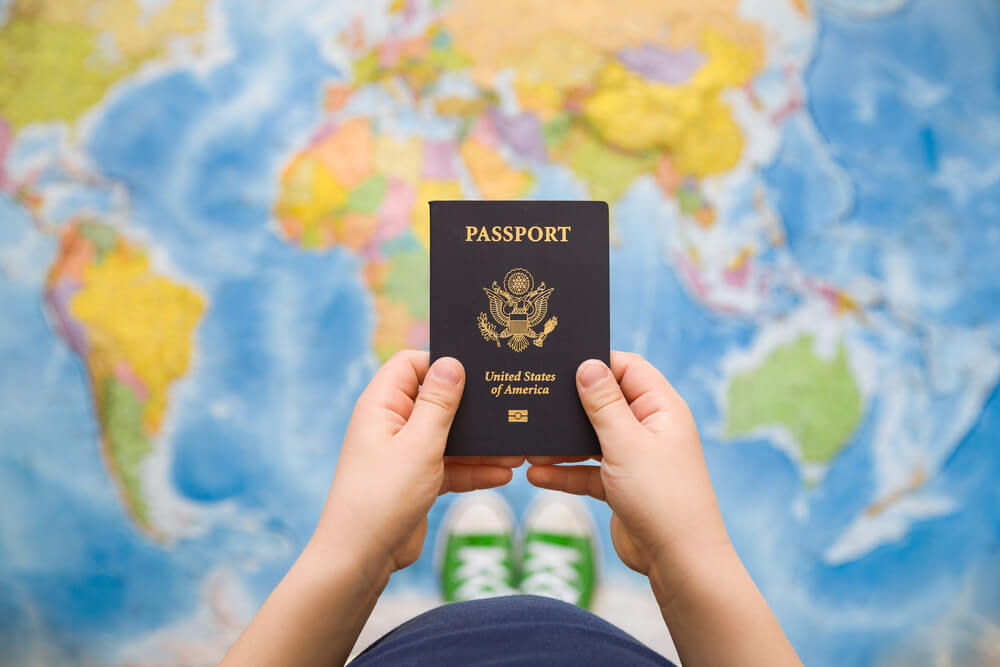The Trusted Traveler Program Explained
Updated As of read 2 min

As one might expect, the process of getting a passport for the purpose of traveling between countries can be a long and rigorous one. The process changes depending on why you’re traveling. If you’re traveling to a particular country for the purposes of work, for example.
Requirements for the Trusted Traveler Program?
The requirements for the Trusted Traveler Program are even stricter than just traveling on a commercial airline. These requirements are the ones you would need to meet if you were just going on a vacation or crossing the border.
For people who meet a certain set of criteria, these programs provide modified screening for pre-approved members to facilitate legitimate travel and travel.
What Are Trusted Traveler Programs?
As their name suggests, Trusted Traveler Programs are designed to expedite the travel process. The process for individuals who have been both pre-approved and now are deemed to be low-risk travelers.
Instead of going through the typical process that they would need to go through at the airport, they can move faster through dedicated lanes and kiosks at many airports. Though these types of travelers will still need to go through security at airports when traveling.
The process will be much faster and will come with much less stress than alternatives.
These programs are offered through the United States Customs and Border Patrol only to people who meet very specific requirements.
Types of Trusted Traveler Programs
Frequent travelers, going to an international destination for work or pleasure have different types of programs that suit your needs.
- Global Entry
- TSA Pre
- SENTRI
- NEXUS
- FAST (North or South)
Trusted Traveler Programs
As one might expect, the process of getting approved for a Trusted Traveler Program will vary depending on your intentions. If you want to travel internationally and move quickly through the normal Customs and Border Patrol process, for example. You need to fill out a very specific type of form.
The form will change if you’re traveling between the U.S. and Canada. If you’re traveling to the U.S. from Mexico via a car. If you’re importing commercial shipments through the U.S. and Mexico, or U.S. and Canada.
It’s important to note that getting approved for a Trusted Traveler Program does not mean that you can just walk onto a plane at an airport or cross the border between the United States and Canada without going through a very specific process. The benefit of these types of programs comes from the fact that, as a low-risk traveler, you can go about your business much faster than the standard traveler.
How to Apply for the Trusted Traveler Program?
If you want to apply for the Trusted Traveler Program, you can do so on the Internet at the United States Customs and Border Patrol website. Once you fill out the form and provide the necessary information, you will receive a Trusted Traveler card.
Once you receive the card in the mail, you can activate it online and use it on your next travel. The Customs and Border Patrol website also gives you the ability to manage your account right from your Web browser.
Conclusion
The Trusted Traveler Program is a great way to quickly and safely expedite your international travels. By enrolling in the program, travelers can save time while still complying with all required regulations – without having to worry about waiting in hours of lines or filling out extensive paperwork.



